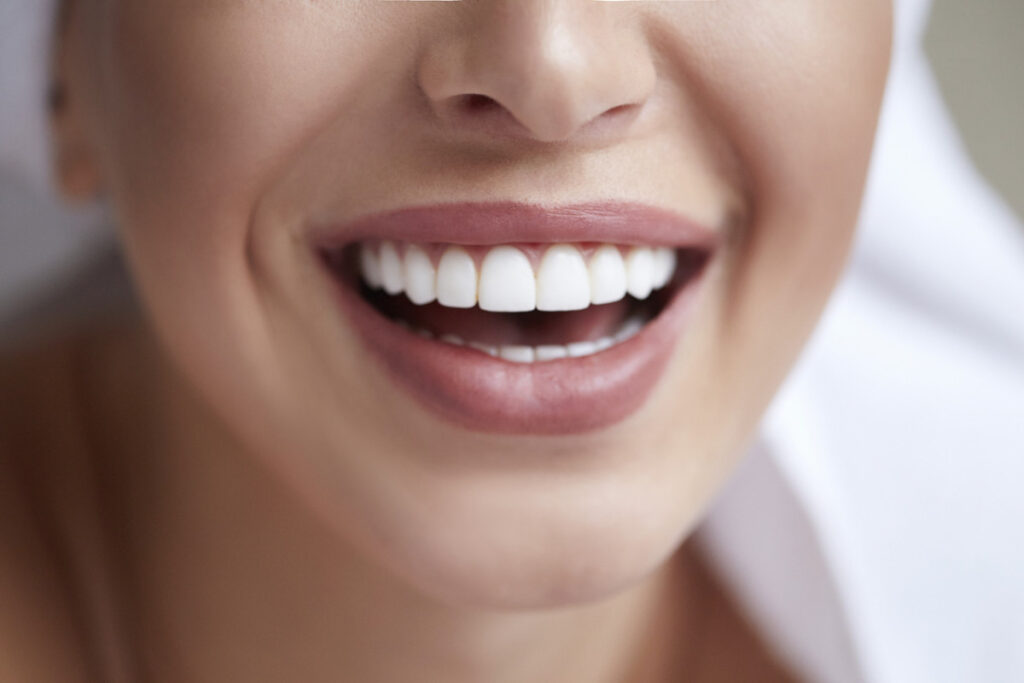Cleaning teeth in children is an easy, pleasant and painless process. Cleaning removes the dental plaque and tartar. Dental plaque is created by food debris and microbes and sits on the teeth and causes tooth decay and gingivitis. When it absorbs calcium from saliva it turns into a stone and needs to be removed by the dentist with special tools.
How is the cleaning done?
Ultrasound or hand tools are used to remove the stone (deburring). Stone formation is not very common in young children, which is why this stage is often missed. With a rotating soft brush and a special toothpaste, dental plaque and pigments are removed (polishing).
Fluoridation
Fluoridation is the placement of fluoride by the dentist to strengthen the teeth. Fluoride is absorbed by the enamel, making teeth more resistant to decay and heals incipient damage. Its action is purely local, so it is called ‘topical’ fluoridation and has nothing to do with any kind of toxic use.
The use of fluoridation in childhood and adolescence is fully scientifically documented and recommended by the International (IAPD), European (EAPD) and American (AAPD) Pedodontic Societies.
Fluoridation is applied twice a year as a preventive measure in children older than 3 years of age, i.e., when the anatomy of the new teeth has been completed or every three months (in case the child has an increased risk of developing caries). In smaller

